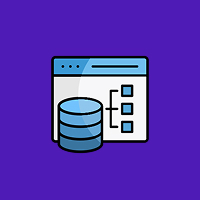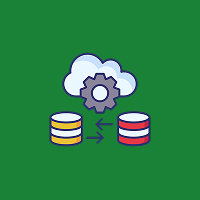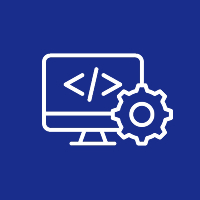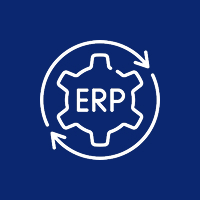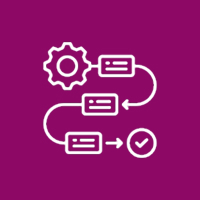Where business processes are concerned and operation optimization, ERP systems are the best solution. However, as you delve into ERP planning, you may likely encounter two commonly mixed-up terminologies: ERP integration and ERP implementation.
While they appear connected, they are two distinct stages of your ERP lifecycle. You should be aware of the difference so that you can choose the correct method, budget your plan, and attain long-term ROI.
What Is ERP Implementation?
ERP implementation is the process of deploying and installing an ERP system in your organization. It’s the revolutionary phase that includes selecting the right ERP software, configuring it as per your business needs, data migration, staff training, and going live.
Major Steps in ERP Implementation:
- Selecting the ERP solution (e.g., SAP, Oracle, Microsoft Dynamics)
- Configuring modules to align with business workflows
- Converting legacy data to existing data
- Implementing user roles and permissions
- Staff training and change management
- Going live and monitoring system performance
Think of ERP implementation as laying the foundation—it’s about implementing the system to actual active use within your company.
Principal Objectives of ERP Implementation:
- Replace old systems
- Business procedures centralized
- Improve data visibility and reporting
- Automate manual processes
- Guarantee compliance and data security
What Is ERP Integration?
ERP integration is the process of connecting your ERP system with other software and tools your organization runs. While installation brings the ERP system online, integration makes it function with existing systems like CRM software, e-commerce websites, payroll software, or third-party logistics.
Types of ERP Integration:
- Connecting your ERP with Salesforce for automated lead-to-invoice process
- Connecting stock data with an e-commerce website like Shopify or Magento
- Integration with HR systems for effective payroll and benefits management
- Integration with finance software for automatic accounting update
ERP Integration Goals:
- Shatter data silos across departments
- Enable real-time transfer of information between systems
- Minimize errors and fewer keystrokes
- Automate more workflow across the company
ERP Implementation vs. ERP Integration: Key Differences
| Aspect | ERP Implementation | ERP Integration |
|---|---|---|
| Definition | Setting up and configuring an ERP system | Connecting ERP to other business applications |
| Focus | System deployment and customization | Data exchange and workflow automation |
| Timing | Initial phase of ERP adoption | Often follows implementation |
| Outcome | Operational ERP system | Connected, synchronized business environment |
| Involves | Software setup, data migration, training | APIs, middleware, third-party connectors |
Why You Need Both for Long-Term Success
Implementation and integration cannot exist apart. Properly implemented ERP provides you with a good foundation, but without integration, your enterprise may still rely on manual movement of data and therefore inefficiency and error.
For example:
You implement a great ERP system, but your sales reps continue to input customer data into another CRM. Without integration, you’re doing double the work, introducing the danger of error, and forgoing real-time visibility.
Integrating your ERP with other software maintains data consistency, better reporting, and enhanced productivity.
Which One First?
Implementation of the ERP first. You must have an up-and-running ERP system in place before integrating it with other software. Planning for integration should be started during implementation, however, so your personnel can future-proof the system and avoid costly redesigns.
Final Thoughts
Understanding the difference between ERP implementation and ERP integration is essential to realizing maximum value from your investment in ERP. Implementation lays the groundwork, while integration enhances functionality and productivity across your entire business.
Whether you’re going live on an ERP system for the first time or trying to extract more value from your current setup, make sure every stage is planned and executed well.









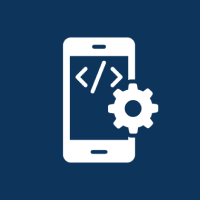



 Database Development
Database Development








